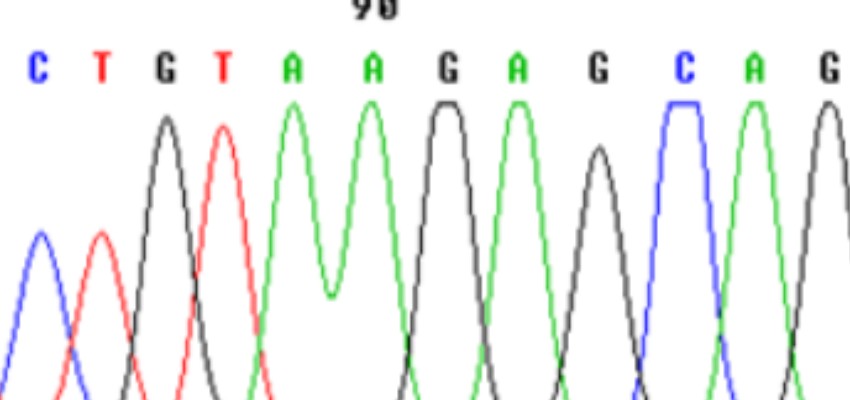Anti-Angiogenic Effect of Cantharellus cibarius Extracts, its Correlation with Lipoxygenase Inhibition, and Role of the Bioactives Therein
Angiogenesis is a complex physiological process that cannot be treated with single agent
therapy. Several edible fungi have been known to encompass bioactive compounds, and
are promising sources of multi-component drugs. One such widely consumed edible fungi
is Cantharellus cibarius, which has been explored for its biological activities. The present
study focused on assessing the anti-angiogenic activity of petroleum ether and ethanol
extracts of C. cibarius using chick chorioallantoic membrane (CAM) assay. Both the extracts
showed a dose-dependent response which was compared with the anti-angiogenic activity
of the positive controls silibinin, and lenalidomide. The extracts were also studied for their
lipoxygenase (LOX) inhibitory potential and compared to ascorbic acid as the positive control.
The IC50 values of the petroleum ether extract, ethanol extract, and ascorbic acid for
LOX inhibition assay were 135.4, 113.1, and 41.5 mg/mL, respectively. Although both the
extracts showed similar responses in CAM assay, ethanol extract proved to be more potent
in LOX inhibition assay. Finally, the extracts were investigated for their chemical composition
using GC-MS. A correlation between LOX inhibition and anti-angiogenic potential was established
at the molecular level. A meticulous literature search was carried out to correlate the
biochemical composition of the extracts to their anti-angiogenic activity arabic 19 English 119
Sandesh J. Marathe, Abdulla Bashein(1-2021)
Publisher's website






